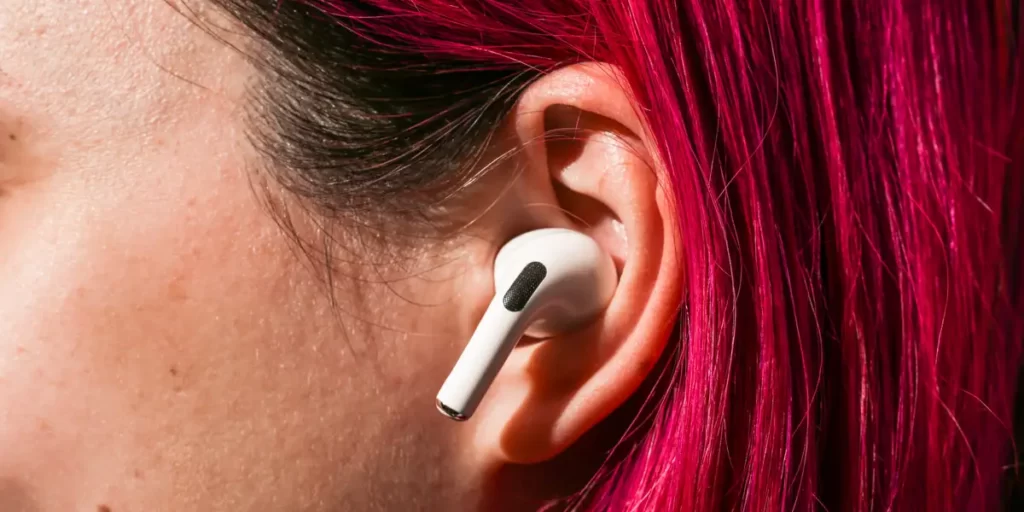In recent years, wireless earphones have gained popularity not only for their convenience in listening to music and making calls but also for their potential as inexpensive hearing aids. With the right features and settings, wireless earphones can serve as affordable alternatives to traditional hearing aids, making them accessible to a larger population in need of assistance with hearing loss.
Hearing loss affects millions of people worldwide, and traditional hearing aids can often be costly, limiting their availability to those with higher budgets. However, wireless earphones offer a promising solution by leveraging their advanced technology and connectivity features to address this issue.
One of the key advantages of wireless earphones is their ability to connect seamlessly to smartphones or other smart devices. This connectivity allows users to utilize various applications and settings specifically designed for hearing assistance. Many smartphones come equipped with built-in accessibility features, including options for sound amplification and custom audio settings. By pairing wireless earphones with these devices, individuals with hearing loss can benefit from enhanced sound quality and personalized sound amplification without the need for expensive hearing aids.

Furthermore, wireless earphones often incorporate noise-canceling technology, which can significantly improve the listening experience for those with hearing impairments. By reducing background noise and focusing on the desired audio, individuals can better distinguish and understand conversations or other important sounds.
Several companies have recognized the potential of wireless earphones as hearing aids and have developed dedicated features to enhance their functionality in this regard. For instance, some earphone manufacturers offer specialized hearing profiles or presets that can be customized to match individual hearing needs. These profiles adjust the audio frequencies and volumes to compensate for specific types and levels of hearing loss, allowing users to optimize their listening experience.

Additionally, advancements in artificial intelligence (AI) and machine learning have paved the way for intelligent sound processing algorithms within wireless earphones. These algorithms analyze the acoustic environment in real-time and automatically make adjustments to amplify speech and suppress background noise. This dynamic adaptation ensures that individuals with hearing loss can hear conversations more clearly, even in challenging auditory environments such as crowded restaurants or noisy public spaces.
While wireless earphones can provide significant benefits as hearing aids, it is important to note that they may not be suitable for everyone with hearing loss. In cases of severe or profound hearing loss, professional consultation and intervention from audiologists are still recommended. However, for individuals with mild to moderate hearing impairments, wireless earphones offer an affordable and accessible alternative that can greatly improve their quality of life.
It is worth mentioning that wireless earphones should not replace regular hearing check-ups and professional advice. Regular hearing assessments by qualified professionals remain essential to monitor any changes in hearing health and to ensure appropriate interventions are pursued.
In conclusion, wireless earphones have emerged as a promising and affordable option for individuals with mild to moderate hearing loss. With their advanced technology, connectivity features, and customizable settings, they offer an accessible and effective solution to address hearing impairments. As more advancements are made in this field, wireless earphones have the potential to become an integral part of hearing assistance, improving the lives of millions of people around the world.

